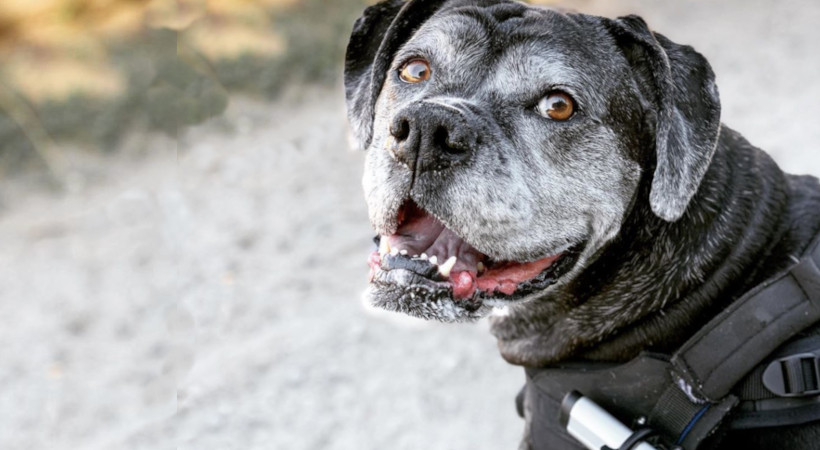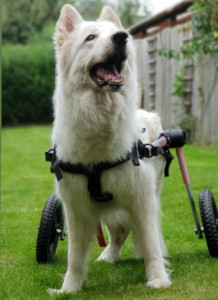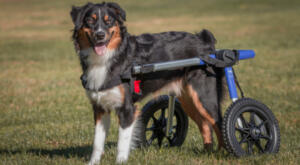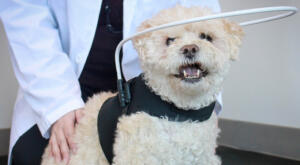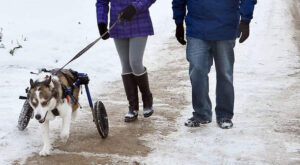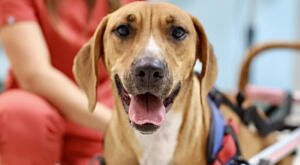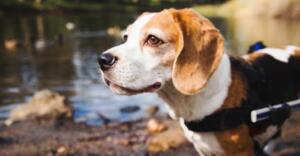Dog dental cleanings shouldn’t be a mystery for pet parents.
Dental disease is the most common health problem of cats and dogs. According to the American Veterinary Dental Society, more than 80 percent of dogs show signs of oral disease by the time they are three years old.
Plaque will ultimately turn to tartar and it forms quickly on your dog’s teeth. This tartar and bacteria build-up leads to periodontal disease, which can lead to more serious health problems including heart, and kidney disease.
How ‘Long’ Does a Dog Dental Procedure Take?
The general length of a typical dental cleaning depends on whether it’s a non-anesthetic or anesthetic procedure. Non-anesthetic dental cleanings are one of the best ways to prevent periodontal disease and the overall cleaning is under an hour. These types of deep cleanings complement anesthetic cleanings and your dog will likely need general anesthesia if they’ve developed periodontal disease. Prevention is really important.
Non-Anesthetic vs. Anesthetic Cleanings
Non-Anesthetic:
A non-anesthetic dental procedure is a dental cleaning completed without anesthesia. Dentals performed without anesthesia are typically done by a qualified veterinary technician, and help to prevent periodontal disease. The length of your pet’s dental cleaning may vary. Dental cleanings can take anywhere from 45 minutes up to an hour and no recovery time is needed. If you’re interested in what’s included in a non-anesthetic dental cleaning you can learn more at Healthy Smiles Pet Dental.
Anesthetic:
An anesthetic dental procedure is performed while the pet is under anesthesia. Anesthetizing the pet allows the Vet to perform other diagnostic testing at the same time. These may include diagnostic tests such as blood tests, radiographs and extractions. These can take up to six hours including recovery time. Your dog will likely head home the same day.
What Happens During Dog Dental Cleanings?
A dental cleaning will include a dental examination (more below), teeth cleaning, and polishing to remove the tartar and periodontal disease-causing plaque IF your dog is at this stage of dental disease. As discussed earlier, this type of cleaning is performed while your dog is under general anesthesia.
The dental or oral procedure will begin with an extraoral and intraoral exam. If the pet is experiencing discomfort or pain during the intraoral exam this will be determined by your vet or veterinarian technician.
The extraoral exam includes an examination of the face, head, and neck. The ‘intraoral’ exam consists of evaluations of the soft tissues of the oral cavity, the dental structures, and the supporting structures of the teeth.
How Much Does a Dental Cost?
Non-anesthetic dentals range from $179 – $269 depending on the pet’s size. A cleaning with anesthesia will range from $400 to $1,000 depending on the procedure.
What to Expect After a Dog’s Dental Cleaning?
Many pet parents are curious about the recovery stage. How long will their dog need to recover and what can they expect from either a non-anesthetic or anesthetic dental cleaning.
Non-Anesthetic
Pets whose treatment was anesthesia-free will not need additional recovery time. Most pets will be back to normal immediately following their procedure. Always watch your pet after any procedure to ensure there isn’t any discomfort and talk with the dental technician if there seems to be anything out of the ordinary going on with your pet.
Keep in mind, that after the non-anesthetic dental your pet might be more tired. And it is perfectly normal for them to sleep more that day.
Anesthetic
Pets anesthetized for treatment will need a quiet and comfortable area for them to rest after surgery. Your pet should begin recovering from the anesthetic within a few hours. Although it can take 24-48 hours for them to fully recover. Expect the pet to be lethargic and groggy. Sometimes pets experience trouble walking, nausea, and vomiting. Always call your Veterinarian if you notice your pet is not recovering well from anesthesia as this might be a serious medical concern.
Top Takeaway
Hopefully this article answers some questions and takes ‘the mystery’ out of a typical dental cleaning for pet parents. Non-anesthetic dental cleanings done every six to eight months will prevent periodontal disease in cats and dogs.

Related Articles:
Did we answer all your questions on "Dog Dental"?

